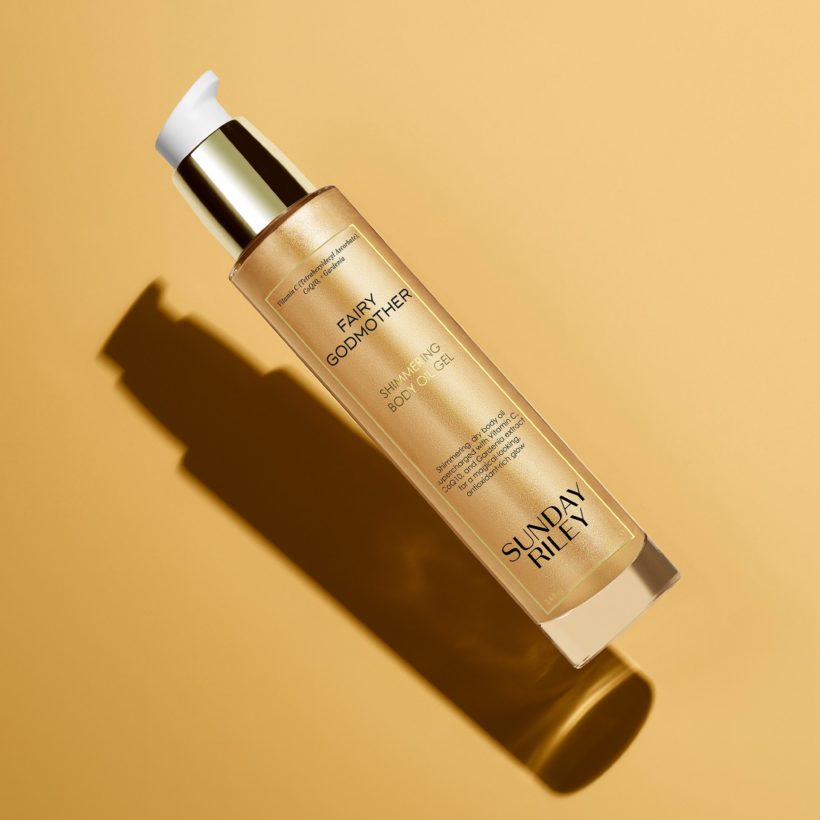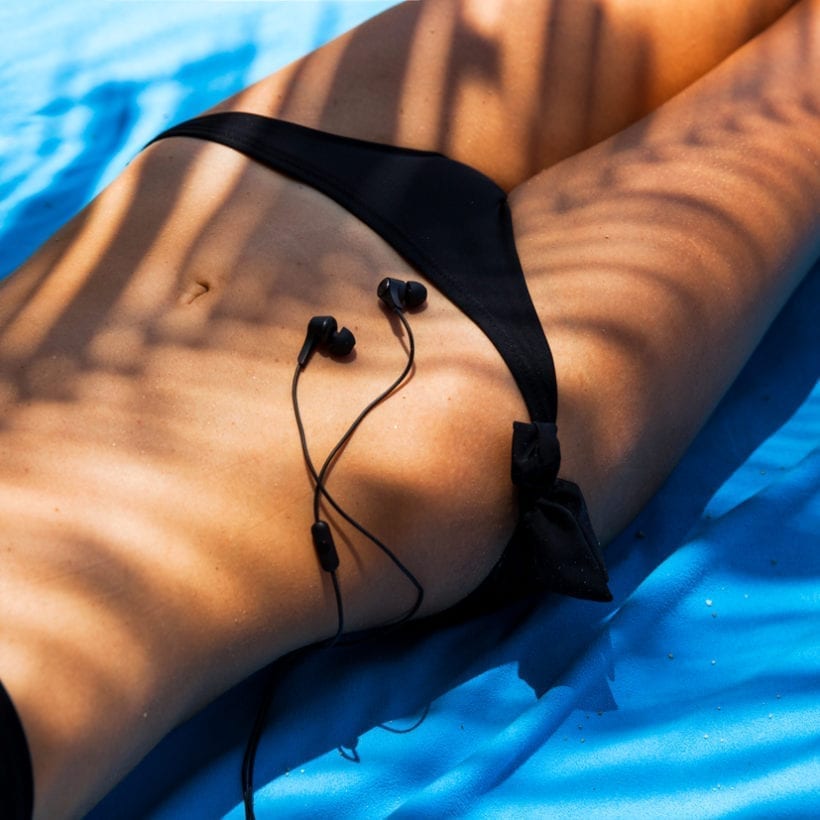For many Americans, if you naturally have a fairer complexion, one of the advantages of the summer season is basking in the sun to score a desirable tan. Despite all the information about sunbathing linked to melanoma, research shows that a significant motivation behind tanning is that people believe it improves their physical appearance.
Meet the Experts
Yoram Harth, M.D., is a dermatologist and Medical Director of MDhair.
Nadir Qazi, D.O. is a cosmetic physician, a fellow of the American Academy of Cosmetic Surgery, and an instructor for advanced injections and laser techniques.
Mary Alice Mina, M.D. is an Atlanta-based dermatologist and Mohs surgeon.
“Tan skin” has only been seen as desirable in the last century or so. In fact, for most of human history, pale skin was seen as the most coveted. “Tanned skin was a sign for the working class people that had to spend most of their time on the fields outdoors, and pale skin was a sign of nobility,” explains Yoram Harth, M.D., dermatologist and Medical Director of MDhair. “After the Industrial Revolution, this trend changed when the working class moved indoors, and a light tan became a sign of leisure.”

Though a tan might temporarily give you a glow and make blemishes or other skin conditions like redness less noticeable, a tan is essentially sun damage, explains Nadir Qazi, D.O., a cosmetic physician. “The sun exposes the skin to UV radiation, which increases the production of melanin (the same pigment that colors hair, eyes, and skin) to protect the skin from damage,” he says. In addition to increasing your risk for skin cancer, this damage can also make you more susceptible to burns and photoaging, which is essentially sun-induced premature aging. This results in loss of collagen and elastin, wrinkles, sunspots, broken blood vessels, and can leave the skin leathery with an uneven texture, says Dr. Mina.
“When the skin becomes tan, your body is responding to the stress of UV radiation from the sun and building up melanin [as a form of protection].”
Is it possible to get a tan in a “healthy” way? The answer is an astounding no if you’re referring to a tan caused by actual sun or UV light exposure. As Dr. Qazi mentioned above, anytime the skin tans, it’s a sign of sun damage, which makes tanning less appealing. “When the skin becomes tan, your body is responding to the stress of UV radiation from the sun and building up melanin as a way to protect your valuable DNA inside the cells,” says Mary Alice Mina, M.D., Atlanta-based dermatologist, and Mohs surgeon. “The UV rays from the sun directly damage our DNA and create genetic mutations in our genes that can lead to skin cancer.”
If you’re looking to tan your skin without the help of the sun, however, it is possible to tan without causing harm to your health. (PSA: UV rays are still present in tanning beds, so they’re not a safe option):
-
-
- Over-the-counter self-tanners. These products, which can come in sprays, lotions, or creams, can give you the tanned “glow” that you’re looking for safely. Dr. Mina recommends applying a tanner after your skin has been properly cleaned and exfoliated. She also recommends applying the self-tanner with a pair of gloves to prevent your palms from getting too much tanner. “If you don’t use gloves, be sure to wash your hands immediately after applying to prevent your palms from picking up too much of the tanner,” she says. “You’ll want to rub some lotion over thicker parts of your skin like your elbows, knees, and soles of feet to prevent the tanner from accumulating here, and let the tanner sit on the skin for at least 10 minutes before getting dressed.” She also recommends avoiding sweating or getting wet for several hours after applying so that the tanner does not streak or wash off.
- Tinted skincare: Sunday Riley Fairy Godmother Shimmering Body Oil Gel is an easy option to give you a luminous radiance from head to toe. The dry oil absorbs instantly and leaves behind a subtle, tinted shimmer while hydrating skin
- Spray tanning at a salon: “Spray tans offer the benefit of a more even coat, although the same tactics above should be followed: make sure your skin is clean, exfoliated, and dry (avoid using a lotion on the skin except for thicker areas like palms, soles, knees, and ankles),” says Dr. Mina.
- Bronzing makeup: When you want that instant glow, Milk Makeup Bionic Liquid Bronzer is a buildable formula that can deliver a warm, sun-kissed finish for your complexion or it can be used as a contour.
Even with an artificial tan, it’s still important to remember your sunscreen even on cloudy or rainy days. Dr. Qazi recommends applying sunscreen with broad-spectrum UV protection of at least 30 SPF. “Apply sunscreen at least 20 minutes before heading outside to give the product time to work against UV ray exposure,” he says. “An SPF of 30 is strong enough to block UVA and UVB rays, but not so strong that you won’t get tan.”
It’s important to recognize that any sun exposure to your skin that alters the color in any way is causing damage, so the best thing you can do for your skin health is to stay on top of your sunscreen application and to opt for topical self-tanners that won’t alter the DNA of your skin and lead to problems down the line.
We only recommend products we have independently researched, tested, and loved. If you purchase a product found through our links, Sunday Edit may earn an affiliate commission.
-







